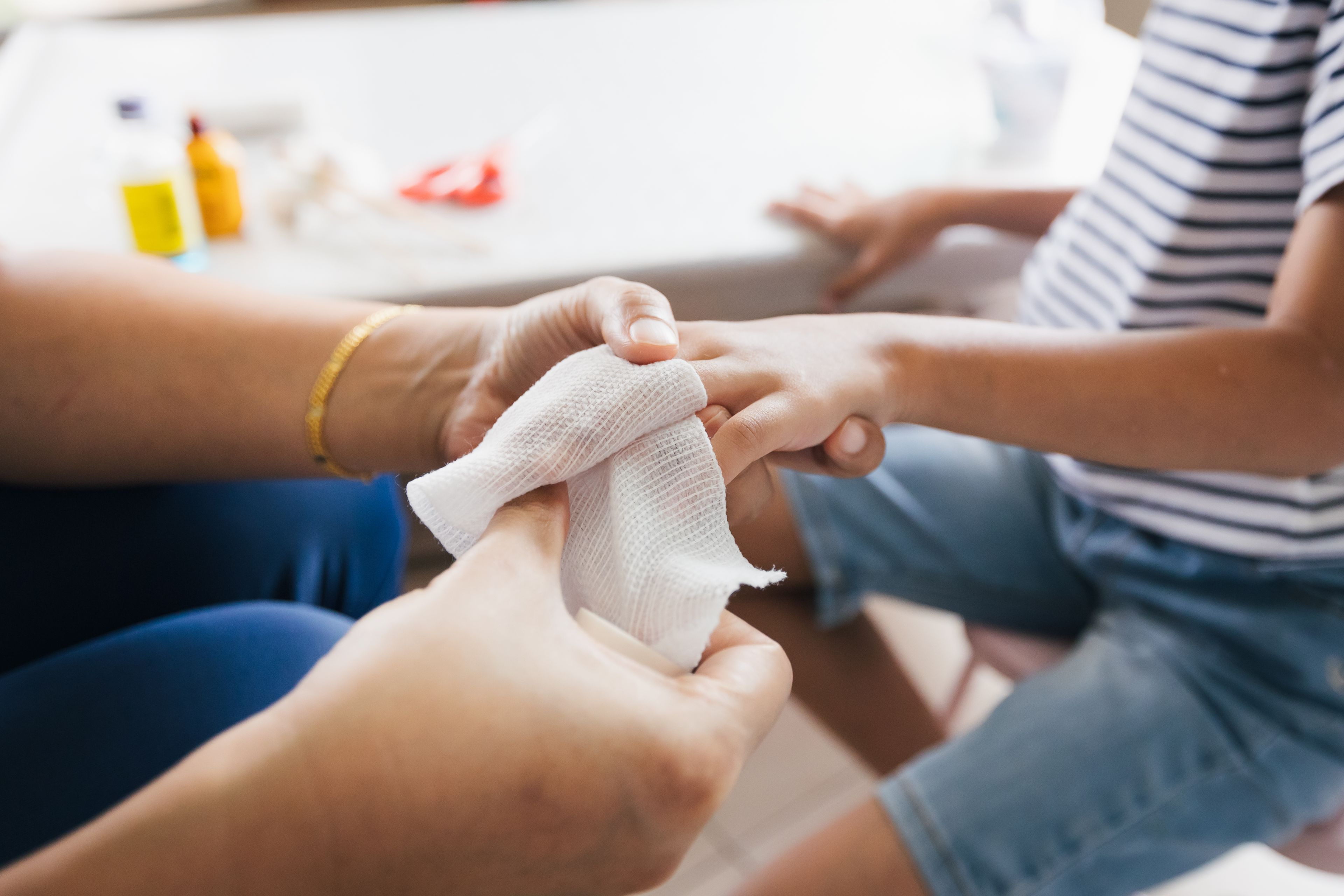
Common Types of Burns
Scald Burns
Scald burns happen when hot liquids or steam come into contact with the skin. They’re among the most common burns, especially in children and older adults, and can range from mild to severe.
Find a Burn CenterFirst Aid for Minor Burns
What It Is
A scald is a thermal burn caused by hot water, oil, or steam. It can affect any part of the body but is most common on the hands, arms, chest, and face. These burns can happen in seconds and may cause long-term damage if not treated properly.
Symptoms
Red, painful skin
Blisters or peeling
Swelling
White or charred patches (in deeper burns)
Shock or fainting (in severe cases)
Common Causes
Hot drinks spilled on the skin
Boiling water from pots or kettles
Steam from cooking or dishwashers
Hot bath water (especially for children or older adults)
Grease splashes while cooking
Treatments
Cool the burn immediately with cool (not cold) running water for 10–20 minutes
Remove wet or tight clothing if possible, unless it’s stuck to the skin
Cover the area loosely with a clean, non-stick cloth or gauze
Do not apply ice, butter, or creams—these can worsen the injury
Seek emergency help if:
The burn is larger than a hand
It involves the face, hands, feet, genitals, or major joints
It causes blisters on a baby or older adult
The skin looks charred or white
Recovery
Minor scalds may heal in a few days with home care
Moderate to severe scalds may require:
Medical wound care or dressings
Pain management
Possible surgical treatment (for deep burns)
Physical therapy to support movement if joints are affected
Scars may form depending on burn depth and care
Support
Scald injuries can be painful and emotionally distressing, especially in children or caregivers
Burn support groups and peer networks can help with recovery
Resources are available for managing pain, reducing scarring, and healing emotionally after trauma